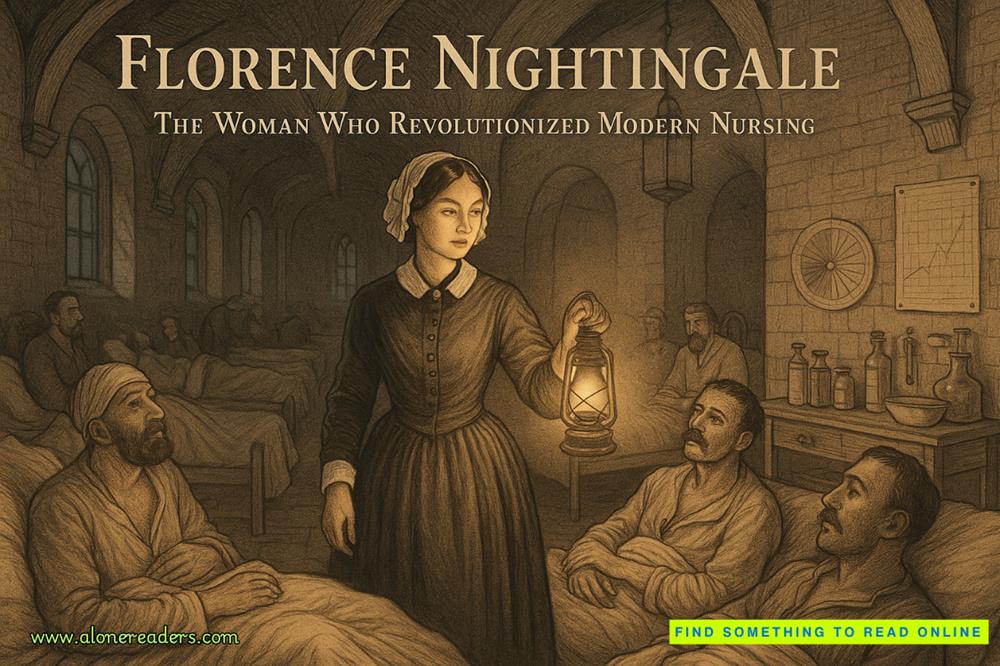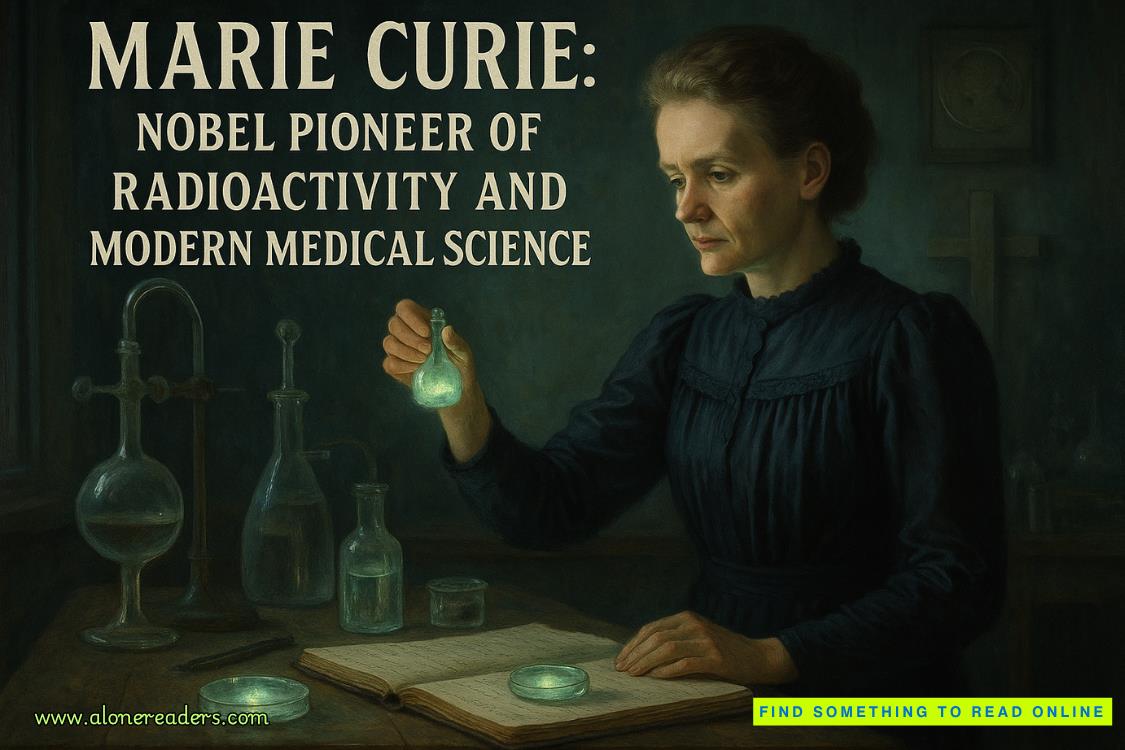Page 44 of Troubled Blood
For the first time, looking around this quirky, characterful pub, Robin found herself wondering exactly what Margot Bamborough had been like. It was odd how professional people’s jobs defined them in the imagination. “Doctor” felt, in many ways, like a complete identity. Waiting for her companion to buy the drinks, her eyes drifting from the skulls hanging from the bar to the pictures of dead rock stars, Robin was struck by the odd idea of a reverse nativity. The three Magi had journeyed toward a birth; Margot had set out for the Three Kings and, Robin feared, met death along the way.
Strike set Robin’s wine in front of her, took a satisfying mouthful of Sussex Best, sat down and then reached inside his overcoat and pulled out a roll of papers. Robin noticed photocopied newspaper reports among the typed and handwritten pages.
“You’ve been to the British Library.”
“I was there all day yesterday.”
He took the top photocopy and showed it to Robin. It showed a small clipping from the Daily Mail, featuring a picture of Fiona Fleury and her aged mother beneath the caption: Essex Butcher Sighting “Was Really Us.” Neither woman would have been easy to mistake for Margot Bamborough: Fiona was a tall, broad woman with a cheery face and no waist; her mother was shriveled with age and stooped.
“This is the first inkling that the press were losing confidence in Bill Talbot,” said Strike. “A few weeks after this appeared, they were baying for his blood, which probably didn’t help his mental health… Anyway,” he said, his large, hairy-backed hand lying flat on the rest of the photocopied paper. “Let’s go back to the one, incontrovertible fact we’ve got, which is that Margot Bamborough was still alive and inside the practice at a quarter to six that night.”
“At a quarter past six, you mean,” said Robin.
“No, I don’t,” said Strike. “The sequence of departures goes: ten past five, Dorothy. Half past five, Dinesh Gupta, who catches sight of Margot inside her consulting room before he leaves, and walks out past Gloria and Theo.
“Gloria goes to ask Brenner if he’ll see Theo. He refuses. Margot comes out of her consulting room and her last scheduled patients, a mother and child, come out at the same time and leave, also walking out past Theo in the waiting room. Margot tells Gloria she’s happy to see Theo. Brenner says ‘good of you’ and leaves, at a quarter to six.
“From then on, we’ve only got Gloria’s uncorroborated word for anything that happened. She’s the only person claiming Theo and Margot left the surgery alive.”
Robin paused in the act of taking a sip of wine.
“Come on. You aren’t suggesting they never left? That Margot’s still there, buried under the floorboards?”
“No, because sniffer dogs went all over the building, as well as the garden behind it,” said Strike. “But how’s this for a theory? The reason Gloria was so insistent that Theo was a woman, not a man, was because he was her accomplice in the murder or abduction of Margot.”
“Wouldn’t it have been more sensible to write down a girl’s name instead of ‘Theo’ if she wanted to hide a man’s identity? And why would she ask Dr. Brenner if he could see Theo, if she and Theo were planning to kill Margot?”
“Both good points,” admitted Strike, “but maybe she knew perfectly well Brenner would refuse, because he was a cantankerous old bastard, and was trying to make the thing look natural to Margot. Humor me for a moment.
“Inert bodies are heavy, hard to move and difficult to hide. A living, fighting woman is even harder. I’ve seen press photographs of Gloria and she was what my aunt would call a ‘slip of a girl,’ whereas Margot was a tall woman. I doubt Gloria could have killed Margot without help, and she definitely couldn’t have lifted her.”
“Didn’t Dr. Gupta say Margot and Gloria were close?”
“Means before motive. The closeness could’ve been a front,” said Strike. “Maybe Gloria didn’t like being ‘improved’ after all, and only acted the grateful pupil to allay Margot’s suspicions.
“Be that as it may, the last time there are multiple witnesses to Margot’s whereabouts was half an hour before she supposedly left the building. After that, we’ve only got Gloria’s word for what happened.”
“OK, objection sustained,” said Robin.
“So,” said Strike, as he took his hand off the pile of paper, “having granted me that, forget for a moment any alleged sightings of her at windows or walking into churches. Forget the speeding van. It’s entirely possible that none of that had anything to do with Margot.
“Go back to the one thing we know for certain: Margot Bamborough was still alive at a quarter to six.
“So now we turn to three men the police considered plausible suspects at the time and ask ourselves where they were at a quarter to six on the eleventh of October 1974.”
“There you go,” he said, passing Robin a photocopy of a tabloid news story dated 24 October 1974. “That’s Roy Phipps, otherwise known as Margot’s husband and Anna’s dad.”
The photograph showed a handsome man of around thirty, who strongly resembled his daughter. Robin thought that if she had been looking to cast a poet in a cheesy movie, she’d have put Roy Phipps’s headshot to the top of the pile. This was where Anna had got her long, pale face, her high forehead and her large, beautiful eyes. Phipps had worn his dark hair down to his long-lapelled collar in 1974, and he stared up out of this old newsprint harrowed, facing the camera, looking up from the card in his hand. The caption read: Dr. Roy Phipps, appealing to the public for help.
“Don’t bother reading it,” said Strike, already placing a second news story over the first. “There’s nothing in there you don’t already know, but this one will give you a few tidbits you don’t.”
Robin bent obediently over the second news story, of which Strike had photocopied only half.
her husband, Dr. Roy Phipps, who suffers from von Willebrand Disease, was ill at home and confined to bed at the marital home in Ham on the 11th October.
“Following several inaccurate and irresponsible press reports, we would like to state clearly that we are satisfied that Dr. Roy Phipps had nothing to do with his wife’s disappearance,” DI Bill Talbot, the detective in charge of the investigation, told newsmen. “His own doctors have confirmed that walking and driving would both have been beyond Dr. Phipps on the day in question and both Dr. Phipps’ nanny and his cleaner have given sworn statements confirming that Dr. Phipps did not leave the house on the day of his wife’s disappearance.”
“What’s von Willebrand Disease?” asked Robin.















